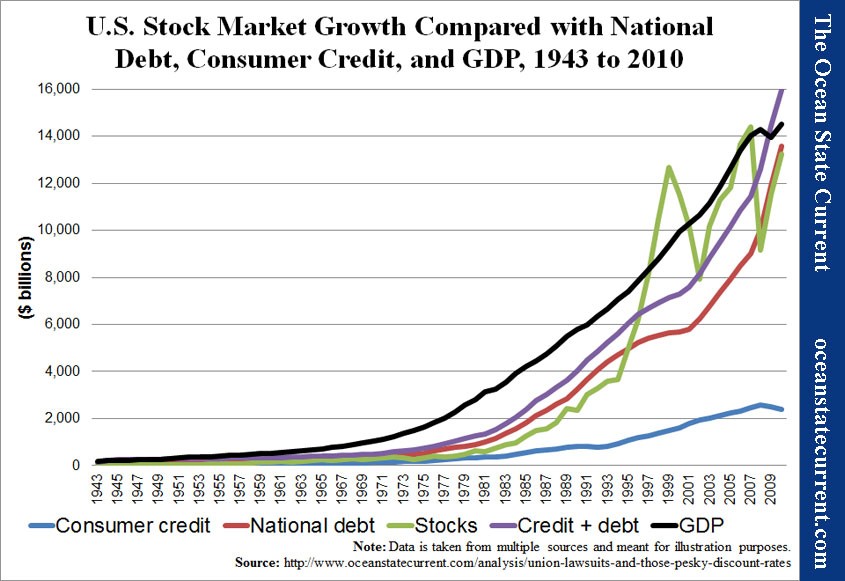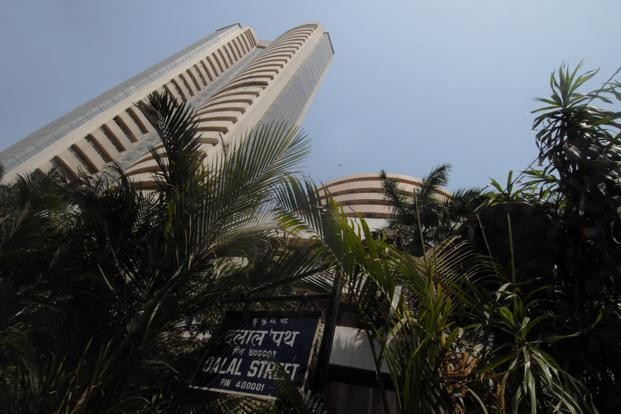Stocks that will gain when the GDP revives
Post on: 5 Июнь, 2015 No Comment

The best time to make money in the stock market is when the economy is accelerating. We may be getting into that phase. Most research houses have started upgrading their GDP growth forecast for the coming financial years.
We have upgraded India’s GDP growth forecast from 5% year on year to 6% in 2014-15 and from 6.5% to 6.8% in 2015-16, says Sonal Varma, executive director and India economist, Nomura. According to Bloomberg, India’s GDP is expected to grow 5.4% in 2014-15, 6.2% in 2015-16 and 6.6% in 2016-17.
MANUFACTURING REVIVAL: Greenshoots are visible in the manufacturing sector. This is what triggered GDP growth in the first quarter of 2014-15. The base effect was the main reason for this pickup in manufacturing in the first quarter, says Indranil Sengupta, India economist, BofA-ML. Last year (2013-14), manufacturing growth was quite poor, this base effect is expected to continue for the entire year. Industrial production growth may hit double digits towards the end of this fiscal year, say experts.
Efforts by the government to revive manufacturing have also helped improve sentiment. Prime Minister Narendra Modi’s ‘Make in India’ call, inviting global firms to manufacture in India, in addition to the government’s efforts in resolving issues holding up projects, should help to revive the sector.
INVESTMENT CYCLE REVIVAL: The government is intent on unclogging the investment pipeline—the starting point for the revival of the investment cycle. It is keen on speedy acquisition of land, faster environment clearances and removal of bottlenecks in financial closure.
The second phase of the investment cycle revival will begin when companies start hitting their capacity limits due to increased manufacturing and are forced to undertake fresh capital expenditures.
FALL IN INFLATION: Consumer price index (CPI) has fallen below the 8% target set by the Reserve Bank of India (RBI) for January 2015 (see chart: India CPI), despite a weak monsoon pushing up food inflation.
Also, The announced increase in the minimum support price for agricultural products is small, so it won’t stoke inflation, says V Balasubramanian, fund manager and head, equity, IDBI MF. Fall in international crude oil prices is the main reason behind the fall in CPI.
Relative stability in Indian rupee is another factor. International crude oil (Brent) in Indian rupee is trading at a one-year low.
Fall in crude oil prices will also bring down our import bill, reduce fiscal deficit. and help cut government subsidy. The fear of interest rate hikes by US Federal Reserve is pulling the crude now. But a rate hike may not necessarily affect the rupee and thus not spike inflation.
We have enough forex reserves to take care of the currency volatility when US Fed increases the rates, says Balasubramanian. Fall in inflation helps push growth in several other ways. The ‘real GDP growth’ is arrived at by deducting inflation from the ‘nominal GDP growth’ and, therefore, the reported GDP growth rates are higher during low-inflation periods. Then, low inflation leaves more money in the hands of the consumer to spend and helps revive consumption growth.
Finally, low inflation allows the RBI to cut interest rates, further boosting consumption and industrial growth. Inflation is expected to come down to 6.9% by end-2014-15. RBI may start cutting rates from February 2015, if there is no shock on the oil and currency front, says Sengupta. We may be getting into a multi-year virtuous cycle of high growth and low inflation.
If the Indian GDP grows at a faster speed as is expected in the coming years, the stock market will respond positively to it.
The best time to make money in the stock market is when the economy is accelerating. We may be getting into that phase. Most research houses have started upgrading their GDP growth forecast for the coming financial years.
We have upgraded Indias GDP growth forecast from 5% year on year to 6% in 2014-15 and from 6.5% to 6.8% in 2015-16, says Sonal Varma, executive director and India economist, Nomura. According to Bloomberg, Indias GDP is expected to grow 5.4% in 2014-15, 6.2% in 2015-16 and 6.6% in 2016-17.
MANUFACTURING REVIVAL: Greenshoots are visible in the manufacturing sector. This is what triggered GDP growth in the first quarter of 2014-15. The base effect was the main reason for this pickup in manufacturing in the first quarter, says Indranil Sengupta, India economist, BofA-ML. Last year (2013-14), manufacturing growth was quite poor, this base effect is expected to continue for the entire year. Industrial production growth may hit double digits towards the end of this fiscal year, say experts.
Efforts by the government to revive manufacturing have also helped improve sentiment. Prime Minister Narendra Modis Make in India call, inviting global firms to manufacture in India, in addition to the governments efforts in resolving issues holding up projects, should help to revive the sector.

INVESTMENT CYCLE REVIVAL: The government is intent on unclogging the investment pipeline—the starting point for the revival of the investment cycle. It is keen on speedy acquisition of land, faster environment clearances and removal of bottlenecks in financial closure.
The second phase of the investment cycle revival will begin when companies start hitting their capacity limits due to increased manufacturing and are forced to undertake fresh capital expenditures.
FALL IN INFLATION: Consumer price index (CPI) has fallen below the 8% target set by the Reserve Bank of India (RBI) for January 2015 (see chart: India CPI), despite a weak monsoon pushing up food inflation.
Also, The announced increase in the minimum support price for agricultural products is small, so it wont stoke inflation, says V Balasubramanian, fund manager and head, equity, IDBI MF. Fall in international crude oil prices is the main reason behind the fall in CPI.
Relative stability in Indian rupee is another factor. International crude oil (Brent) in Indian rupee is trading at a one-year low.
Fall in crude oil prices will also bring down our import bill, reduce fiscal deficit. and help cut government subsidy. The fear of interest rate hikes by US Federal Reserve is pulling the crude now. But a rate hike may not necessarily affect the rupee and thus not spike inflation.
We have enough forex reserves to take care of the currency volatility when US Fed increases the rates, says Balasubramanian. Fall in inflation helps push growth in several other ways. The real GDP growth is arrived at by deducting inflation from the nominal GDP growth and, therefore, the reported GDP growth rates are higher during low-inflation periods. Then, low inflation leaves more money in the hands of the consumer to spend and helps revive consumption growth.
Finally, low inflation allows the RBI to cut interest rates, further boosting consumption and industrial growth. Inflation is expected to come down to 6.9% by end-2014-15. RBI may start cutting rates from February 2015, if there is no shock on the oil and currency front, says Sengupta. We may be getting into a multi-year virtuous cycle of high growth and low inflation.
If the Indian GDP grows at a faster speed as is expected in the coming years, the stock market will respond positively to it.














